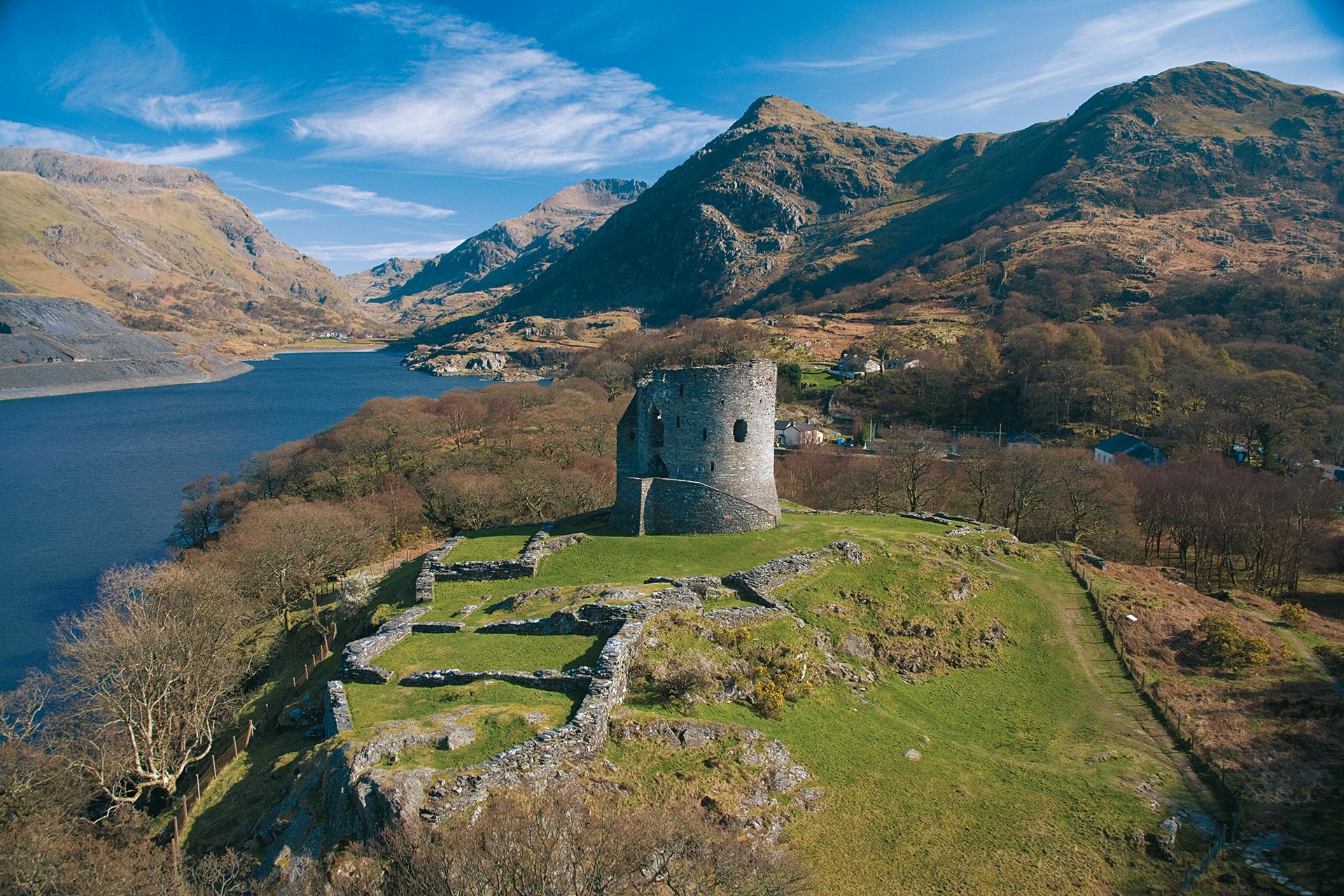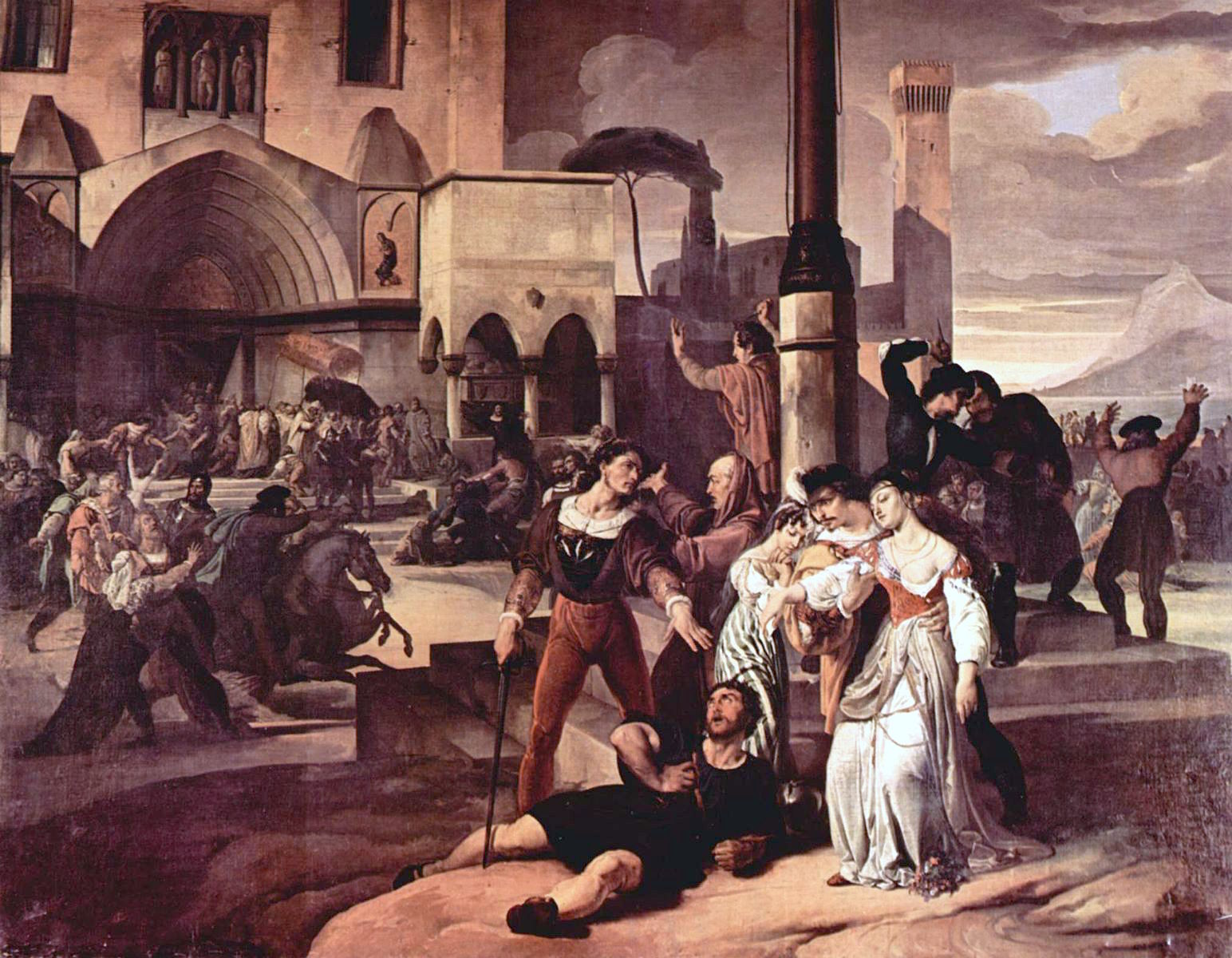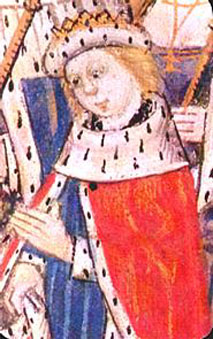|
Owain Goch Ap Gruffudd
Owain Goch ap Gruffudd (also known as ''Owain Goch'' wain the Red (died 1282) was brother to Llywelyn ap Gruffudd and Dafydd ap Gruffudd and, for a brief period in the late 1240s and early 1250s, ruler of part of the Kingdom of Gwynedd (in modern-day North Wales). Lineage Owain was the eldest son of Gruffudd ap Llywelyn ap Iorwerth and the grandson of Llywelyn ab Iorwerth (Llywelyn the Great). He was imprisoned together with his father in Criccieth Castle in 1239 by his uncle Dafydd ap Llywelyn and accompanied his father to England two years later when Dafydd was forced to hand Gruffudd over to King Henry III of England. In 1244 Gruffudd was killed when a makeshift rope broke as he attempted to escape from the Tower of London. This freed Dafydd ap Llywelyn's hand as King Henry could no longer use Gruffudd against him, and war broke out between him and King Henry in the spring of 1244. Owain meanwhile had been freed by Henry after his father's death in the hope that he would s ... [...More Info...] [...Related Items...] OR: [Wikipedia] [Google] [Baidu] |
Llywelyn Ap Gruffudd
Llywelyn ap Gruffudd ( – 11 December 1282), also known as Llywelyn II and Llywelyn the Last (), was List of rulers of Gwynedd, Prince of Gwynedd, and later was recognised as the Prince of Wales (; ) from 1258 until his death at Cilmeri in 1282. Llywelyn was the son of Gruffudd ap Llywelyn ap Iorwerth and grandson of Llywelyn ab Iorwerth (also known as Llywelyn the Great, or Llywelyn I), and he was one of the last native and independent princes of Wales before its Conquest of Wales by Edward I, conquest by Edward I of England and English rule in Wales that followed, until Owain Glyndŵr held the title during his Glyndŵr rebellion, rebellion of 1400–1415. Genealogy and early life Llywelyn was the second of the four sons of Gruffudd ap Llywelyn ap Iorwerth, the eldest son of Llywelyn ab Iorwerth, and Senana ferch Caradog, the daughter of Caradoc ap Thomas ap Rhodri, Lord of Anglesey. The eldest was Owain Goch ap Gruffudd and there were two younger brothers, Dafydd ap Gruffy ... [...More Info...] [...Related Items...] OR: [Wikipedia] [Google] [Baidu] |
Perfeddwlad
Perfeddwlad or Y Berfeddwlad was an historic name for the territories in Wales lying between the River Conwy and the River Dee. comprising the cantrefi of Rhos, Rhufoniog, Dyffryn Clwyd and Tegeingl. Perfeddwlad thus was also known as the Four Cantrefs. Early history For much of its history the area had been known as '' Tegeingl'', after the Celtic tribe '' Deceangli'' which inhabited North East Wales since the Iron Age. This was also the name of the most easterly cantref of the region. As the Kingdom of Gwynedd emerged as the dominant power in North Wales, the area also became known as ''Gwynedd Is Conwy'' (Gwynedd "below" the Conwy River). The name Y Berfeddwlad appears in the High Middle Ages, as the rivalries between Gwynedd, Powys, and the Anglo-Saxon England (and later Normans) intensified. The name is a contraction ofPerfedd andgwlad meaning ''heart-land'' or ''middle-country'' as the area became a centre of conflict. Later history Shortly after the death of Owai ... [...More Info...] [...Related Items...] OR: [Wikipedia] [Google] [Baidu] |
Monarchs Of Gwynedd
A monarch () is a head of stateWebster's II New College Dictionary. "Monarch". Houghton Mifflin. Boston. 2001. p. 707. for life or until abdication, and therefore the head of state of a monarchy. A monarch may exercise the highest authority and power in the state, or others may wield that power on behalf of the monarch. Usually, a monarch either personally inherits the lawful right to exercise the state's sovereign rights (often referred to as ''the throne'' or ''the crown'') or is selected by an established process from a family or cohort eligible to provide the nation's monarch. Alternatively, an individual may proclaim oneself monarch, which may be backed and legitimated through acclamation, right of conquest or a combination of means. If a young child is crowned the monarch, then a regent is often appointed to govern until the monarch reaches the requisite adult age to rule. Monarchs' actual powers vary from one monarchy to another and in different eras; on one extreme, ... [...More Info...] [...Related Items...] OR: [Wikipedia] [Google] [Baidu] |
1282 Deaths
Year 1282 ( MCCLXXXII) was a common year starting on Thursday of the Julian calendar. Events By place Europe * March – Welsh forces under Prince Dafydd ap Gruffydd, brother of Llywelyn ap Gruffudd, attack and take control of Hawarden Castle. The garrison is massacred and Constable Roger de Clifford is taken prisoner. Llywelyn who has sworn fealty to King Edward I (Longshanks), joins Dafydd in his revolt against the English. Their actions lead to the final English conquest of Wales, by Edward. * March 30 – War of the Sicilian Vespers: A group of Sicilian conspirators begins an uprising against the rule of King Charles I; over the next six weeks, thousands of French are killed. The rebellion forces Charles to abandon the planned crusade against the Byzantines, while still en route to the target city of Constantinople and allows King Peter III (the Great) to take over rule of the island from Charles (which in turn leads to Peter's excommunication by Po ... [...More Info...] [...Related Items...] OR: [Wikipedia] [Google] [Baidu] |
List Of Rulers Of Wales
This is a list of rulers in Wales (; and neighbouring regions) during the Middle Ages, between . The rulers were monarchs who ruled their respective realms, as well as those who briefly ruled the Principality of Wales. These former territories are now within the boundaries of modern-day Wales and the neighbouring Welsh Marches in England (both in the United Kingdom). Before the Conquest of Wales, completed in 1283, Wales consisted of several independent realms, the most important being Gwynedd, Powys, Deheubarth (originally Ceredigion, Seisyllwg and Dyfed) and Morgannwg (Glywysing and Gwent). Boundary changes and the custom of dividing patrimonies between heirs meant that few princes ever came close to ruling the whole of Wales. The names of those known to have ruled over one or more areas are listed below. Boundaries changed frequently. The only person known to have ruled all of Wales as a modern territory was Gruffydd ap Llywelyn (c. 1010–1063), a Prince of Gwynedd ... [...More Info...] [...Related Items...] OR: [Wikipedia] [Google] [Baidu] |
Treaty Of Aberconwy
The Treaty of Aberconwy was signed on the 10th of November 1277, and was made between King Edward I of England and Llywelyn ap Gruffudd, Prince of Wales. It followed Edward's invasion of Llywelyn's territories earlier that year. The treaty re-established peace between the two but also essentially guaranteed that Welsh self-rule would end upon Llywelyn's death and represented the completion of the first stage of the Conquest of Wales by Edward I. Background Llywelyn, wanting to cement his links to royalty more forcefully, sought to marry Eleanor de Montfort, daughter of Simon de Montfort and King Edward's cousin. They were married by proxy in 1275, but when Eleanor sailed from France to meet Llewelyn, Edward hired pirates to seize her ship; she was imprisoned at Windsor Castle. Edward, who was newly acceded to the throne of England, viewed Llywelyn as a threat, and particularly disliked the idea of his marrying the daughter of de Montfort, who had been the biggest threat to ... [...More Info...] [...Related Items...] OR: [Wikipedia] [Google] [Baidu] |
Llanberis
Llanberis () is a village, community (Wales), community and electoral ward in Gwynedd, northwest Wales, on the southern bank of the lake and at the foot of Snowdon, the highest mountain in Wales. It is a centre for outdoor activity, outdoor activities in Snowdonia, including walking, mountaineering, climbing, mountain biking and pony trekking, as well as water sports such as scuba diving. The community includes Nant Peris. Llanberis takes its name from , an early Wales, Welsh saint. It is town twinning, twinned with the Italy, Italian town of in Lombardy. History The ruins of Dolbadarn Castle, Castle, which were painted by Richard Wilson (painter), Richard Wilson and J. M. W. Turner, stand above the village. The 13th century fortress was built by Llywelyn the Great, the Great and is a grade I listed building. The church of St is grade II* listed, as is the chapel of . In the 18th century was the home of the legendary strong woman Marged ferch Ifan. Demographics The po ... [...More Info...] [...Related Items...] OR: [Wikipedia] [Google] [Baidu] |
Dolbadarn Castle
Dolbadarn Castle ( ; ; ) is a fortification built by the Welsh prince Llywelyn the Great during the early 13th century, at the base of the Llanberis Pass, in northern Wales. The castle was important both militarily and as a symbol of Llywelyn's power and authority. The castle features a large stone keep, which historian Richard Avent considers "the finest surviving example of a Welsh round tower". In 1284 Dolbadarn was taken by Edward I, who removed some of its timbers to build his new castle at Caernarfon. The castle was used as a manor house for some years, before falling into ruin. In the 18th and 19th centuries, it was a popular destination for painters interested in Sublime and Picturesque landscapes. It is now owned by Cadw and managed as a tourist attraction, and is protected as a grade I listed building. History 1220–40 Dolbadarn Castle was built in either the 1220s or the 1230s by Llywelyn the Great, at the base of the Llanberis Pass, overlooking the lake of Llyn Pa ... [...More Info...] [...Related Items...] OR: [Wikipedia] [Google] [Baidu] |
Hywel Foel Ap Griffri
Hywel Foel ap Griffri ap Pwyll Wyddel (fl. ) was a Welsh language court poet. Hywel Foel's only surviving work is an ''awdl'' which laments the capture and imprisonment of Owain ap Gruffudd at Dolbadarn Castle. The text of this ''awdl'' is preserved in the Hendregadredd manuscript and is noted for being one of the earliest direct references to Snowdonia () in Welsh poetry Welsh poetry refers to poetry of the Welsh people or nation. This includes poetry written in Welsh, poetry written in English by Welsh or Wales-based poets, poetry written in Wales in other languages or poetry by Welsh poets around the world. .... Bibliography *Rhian M. Andrews ''et al.'' (ed.), ''Gwaith Bleddyn Fardd a beirdd eraill ail hanner y drydedd ganrif ar ddeg'' (Aberystwyth, 1996) Welsh-language poets 13th-century Welsh poets Year of birth unknown Year of death unknown {{Wales-writer-stub ... [...More Info...] [...Related Items...] OR: [Wikipedia] [Google] [Baidu] |
Prince Of Wales
Prince of Wales (, ; ) is a title traditionally given to the male heir apparent to the History of the English monarchy, English, and later, the British throne. The title originated with the Welsh rulers of Kingdom of Gwynedd, Gwynedd who, from the late 12th century, used it (albeit inconsistently) to assert their supremacy over the other Welsh rulers. However, to mark the finalisation of his conquest of Wales, in 1301, Edward I of England invested his son Edward of Caernarfon with the title, thereby beginning the tradition of giving the title to the heir apparent when he was the monarch's son or grandson. The title was later claimed by the leader of a Welsh Revolt, Welsh rebellion, Owain Glyndŵr, from 1400 until 1415. King Charles III created his son William, Prince of Wales, William Prince of Wales on 9 September 2022, the day after his accession to the throne, with formal letters patent issued on 13 February 2023. The title has become a point of controversy in Wales. Welsh ... [...More Info...] [...Related Items...] OR: [Wikipedia] [Google] [Baidu] |
Brut Y Tywysogion
''Brut y Tywysogion'' () is one of the most important primary sources for Welsh history. It is an annalistic chronicle that serves as a continuation of Geoffrey of Monmouth’s ''Historia Regum Britanniae''. ''Brut y Tywysogion'' has survived as several Welsh translations of an original Latin version, which has not itself survived. The most important versions are the one in Robert Vaughan's Peniarth MS. 20 and the slightly less complete one in the Red Book of Hergest. The version entitled '' Brenhinoedd y Saeson'' (''Kings of the English'') combines material from the Welsh annals with material from an English source. The Peniarth MS. 20 version begins in 682 with a record of the death of Cadwaladr and ends in 1332. The entries for the earlier years are brief, usually records of deaths and events such as eclipses, plagues or earthquakes, but later entries are much more detailed. The main focus is on the rulers of the kingdoms of Gwynedd, Powys and Deheubarth, but ecclesiastic ... [...More Info...] [...Related Items...] OR: [Wikipedia] [Google] [Baidu] |





